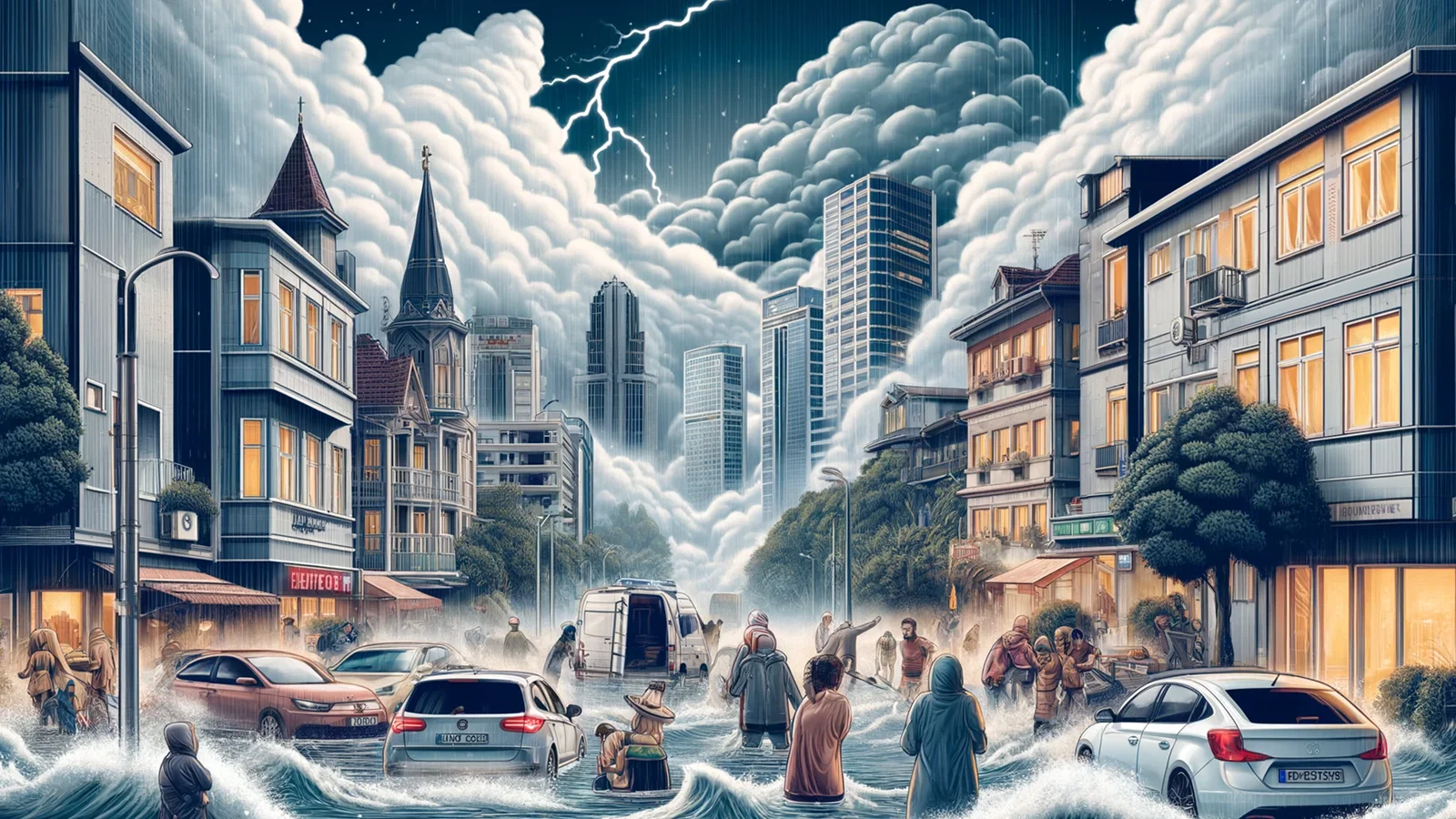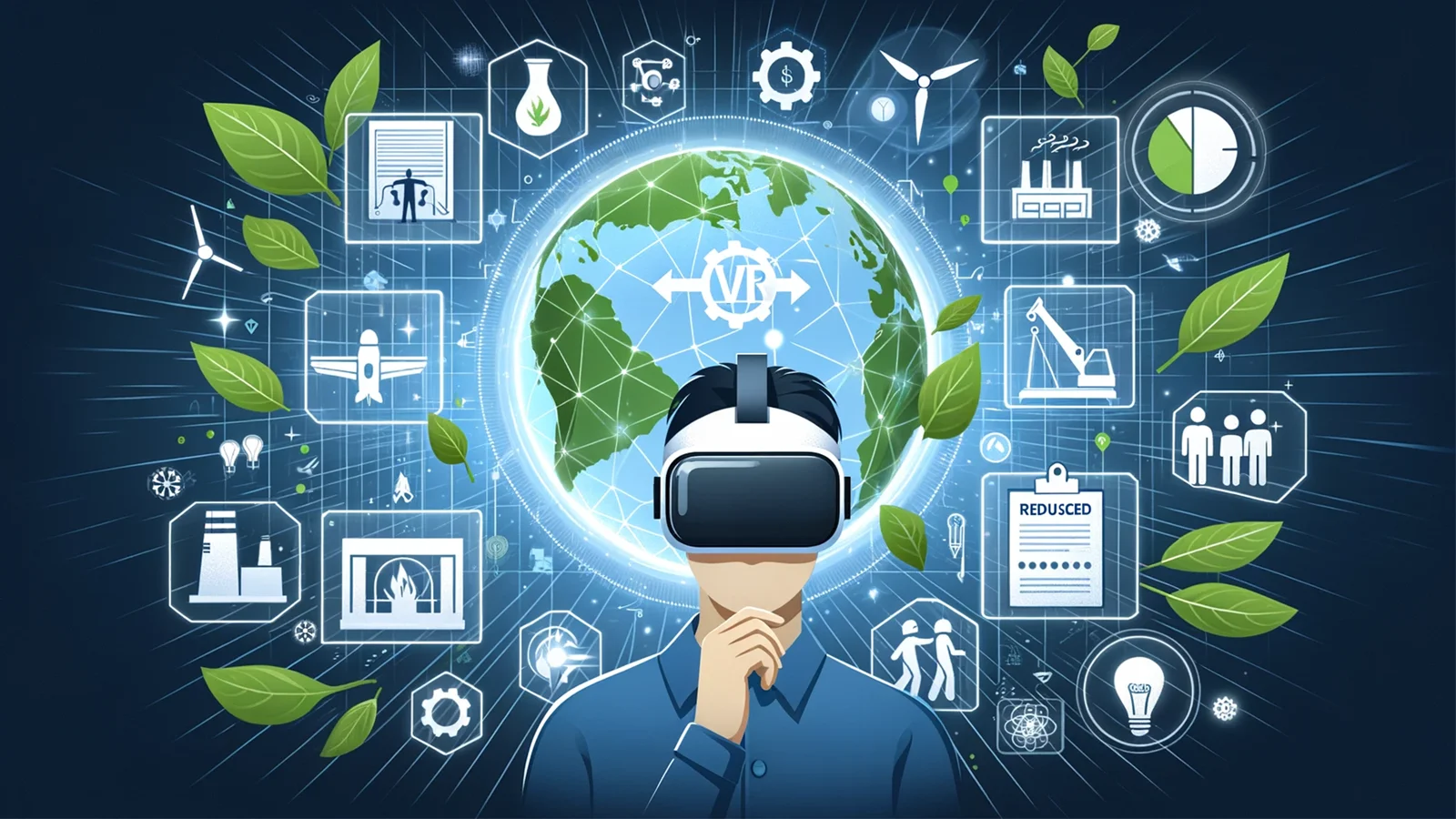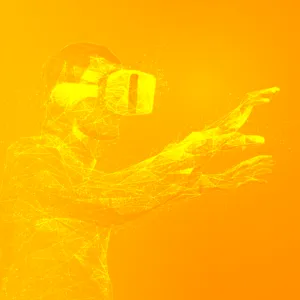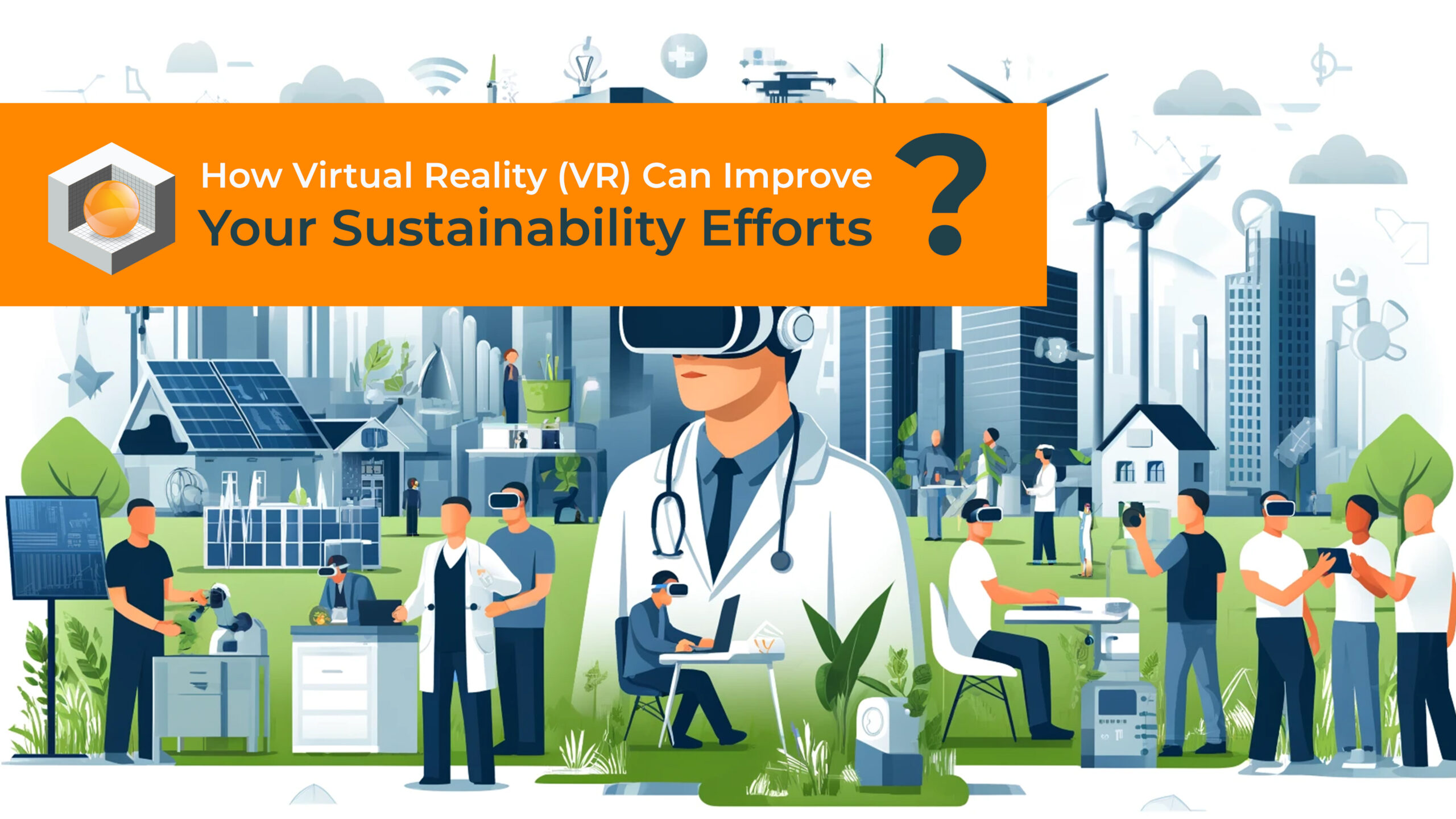When speaking of sustainability, environmental concerns are the first of the issues that come to mind. What does sustainability really comprise and how is Virtual Reality (VR) connected to it?
The Zero Hour of Climate Action
In 2020, Türkiye of 84 million faced 984 heavy rain, storm, and hail incidents. This data is terrifying enough to acknowledge how critical it is for Türkiye to act against climate change (Hürriyet Daily News, 2023).

The Paris Agreement: A Global Promise
The Paris Agreement, a powerful promise between 197 countries, promises to keep global warming below 2°C by reducing it down to 1.5°C, and the quick execution of the promise (UNFCCC, 2016).
The Critical Difference Between 1.5°C and 2°C
The Intergovernmental Panel on Climate Change (IPCC) revealed that limiting the increase of global warming up to 1.5°C is way safer compared to 2°C (Global Warming of 1.5 oC —, n.d.). For instance:
- Doubling the risk of flooding may be expected when warming is at 1.5°C, but nearly triples in the corresponding increases with the 2°C warming.
- The number of people exposed to extreme drought would be 350 million at 1.5°C and exceed 410 million at 2°C.
- The percentage of the global population exposed to extreme heatwaves could be 28%, up from 9% at 1.5°C.
- When each additional 0.5°C drop in warming reduces agricultural productivity, the result threatens food security.
- Exceeding an increase of two degrees would result in catastrophic impacts on humanity. (350.org, n.d.)
The Role of Virtual Reality in Sustainability
With our VR/XR solutions, as RoT STUDIO we present training services for the global workforce, integrating sustainability within these trainings. These include the following:
- Occupational Health & Safety (OHS) training
- Maintenance, repair, and assembly training
- Educational programs
- Marketing phase simulations
How VR Reduces Your Company’s Carbon Footprint?
Let’s imagine a scenario together:
What would be your company’s traditional training process when you do not use RoT STUDIO?
- You must prepare a plane ticket or a vehicle to send your employees to another factory or region for their training.
- Your employees will use various vehicles from that moment to the training site, and all these vehicles will be reflected in your company’s carbon footprint.
- Your employees will carry out the training process using the materials in the training area. We must not forget that during this time they also need food and accommodation.
- As a result, your employees have created all the carbon footprint consumed during the training on behalf of your company.
This training that is given by your company in its simplest form consumed the O2 emissions of 2/3 trees and at the same time increased its carbon footprint even though there are steps to be taken to be carbon neutral.

So what would this process be like if your company were to work with RoT STUDIO?
Let’s reorganize the same process:
- In order to train your employees, instead of sending them to another factory or region, we would prepare the training in the VR and they wouldn’t have to travel.
- They would not create a carbon footprint by interrupting the flow of any tangible material. Since they wouldn’t leave their daily workflow, they would’ve finished their training with a huge carbon footprint difference.
Let’s compare your impact on carbon between traditional and VR trainings:
- Training without VR:
- A high amount of emissions due to travel
- High resources consumption
- As a result: Increased carbon footprint of the corporation
Training with VR:
- Low amount of emissions
- Efficient use of resources
- As a result: Decrease in the carbon footprint of the corporation

Visit Us!
ODTÜ-Teknokent Silikon Bloklar
17/1 No: B05 06531 Ankara, Türkiye
Give Us a Call!
+90 312 4000 768
Email Us!
[email protected]

